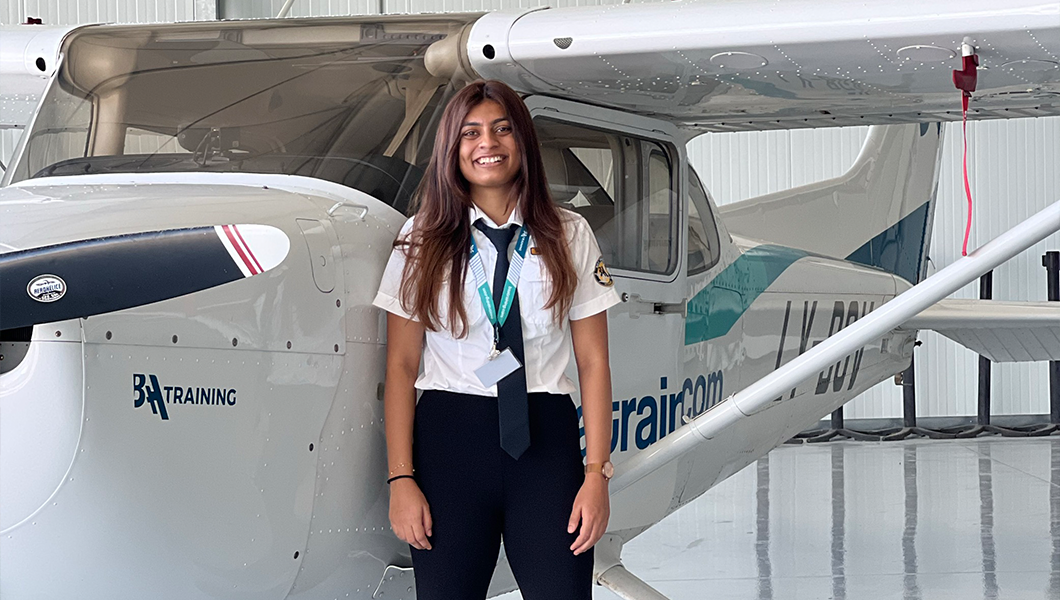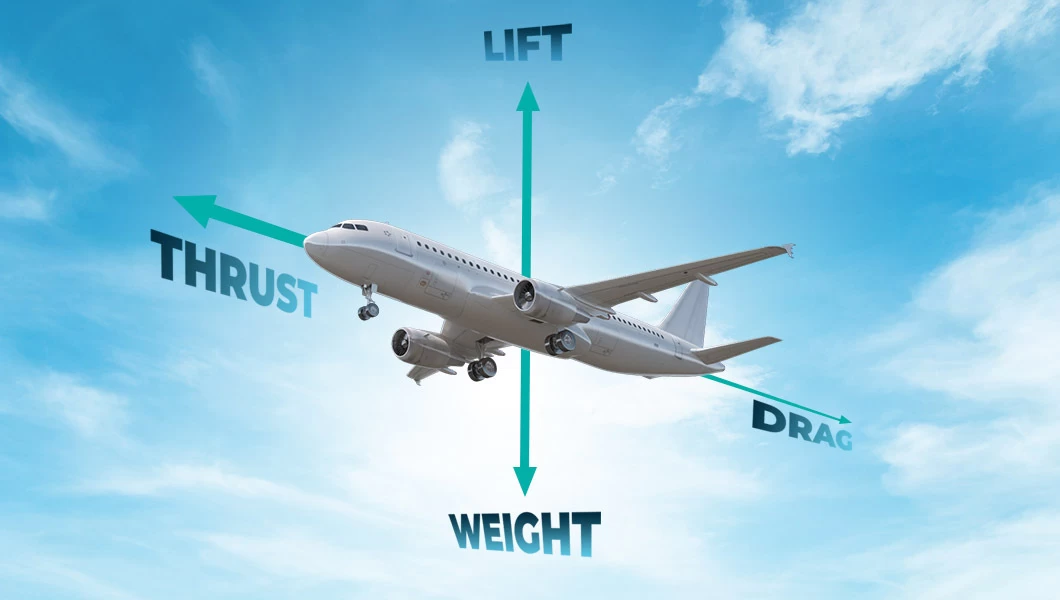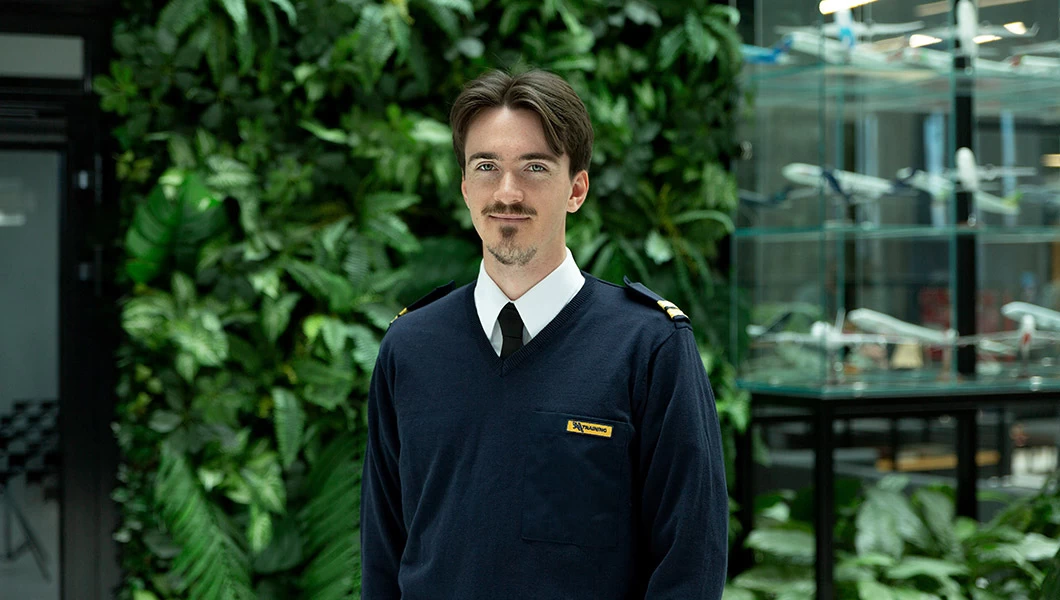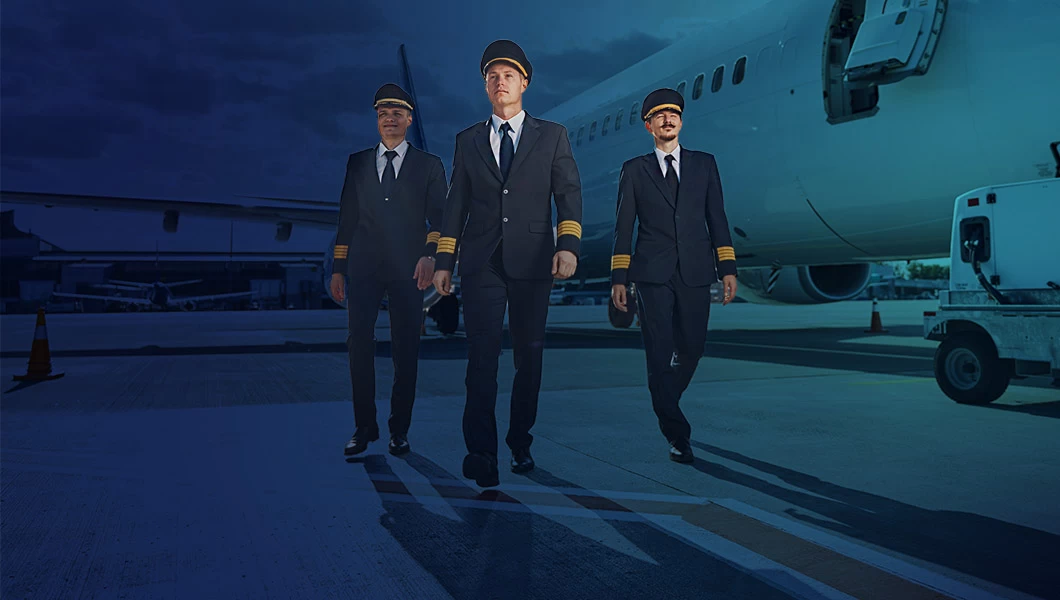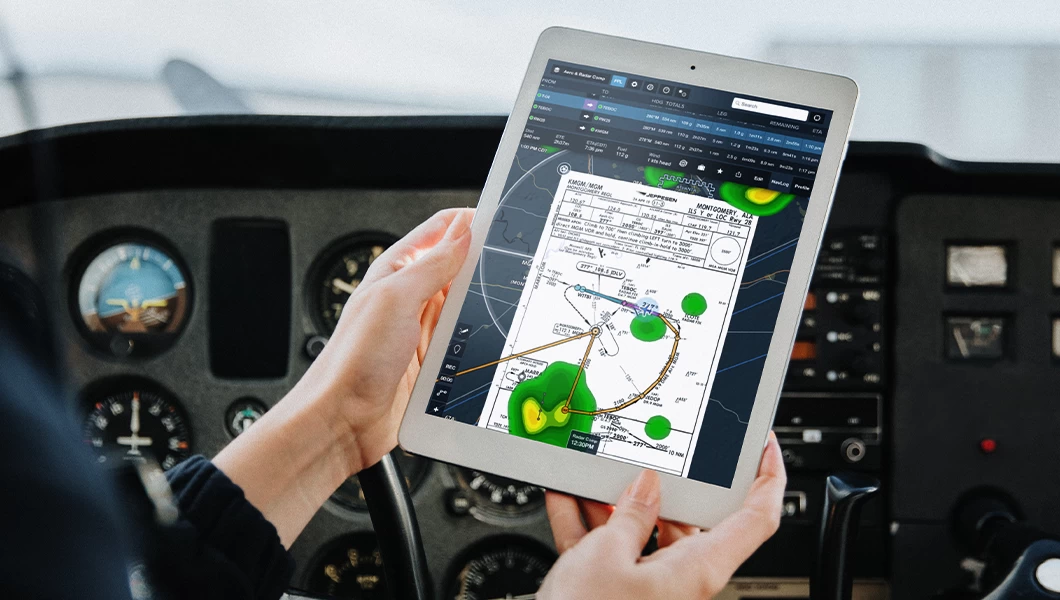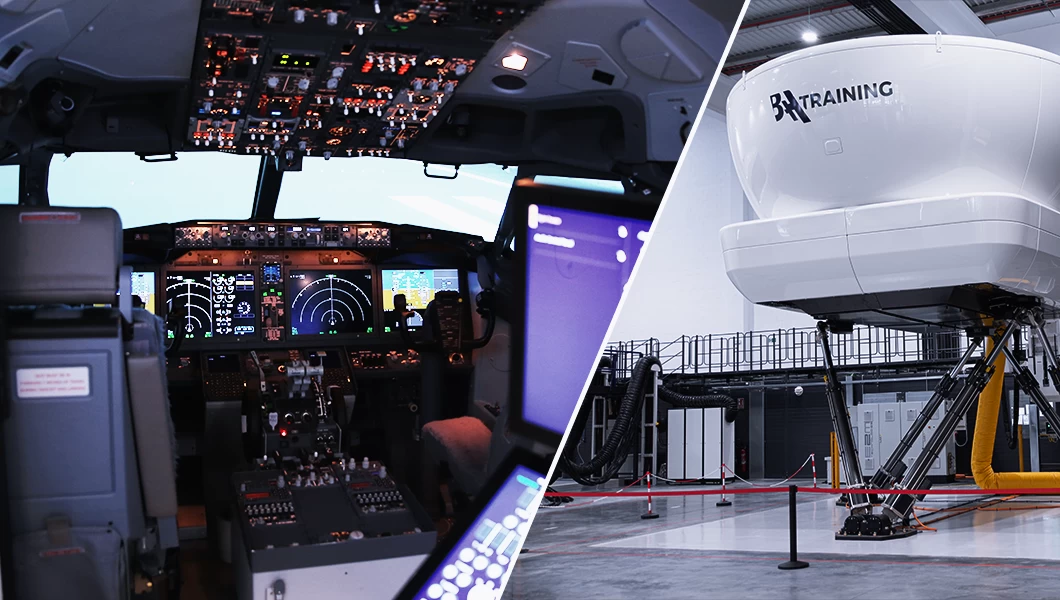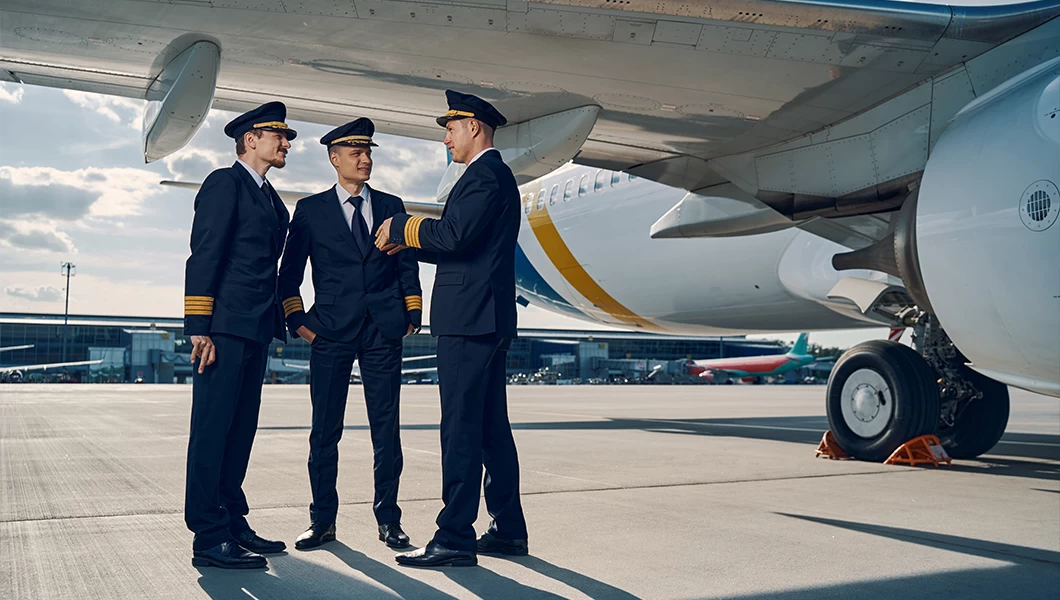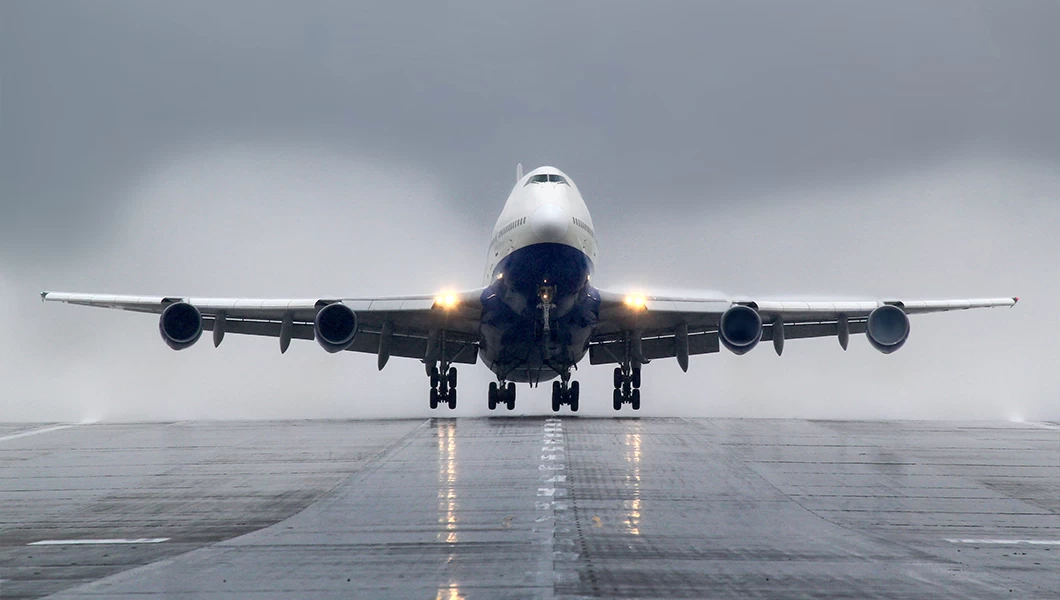Luckily, she was brave enough to turn the tables and receive the necessary support, so now she is here at BAA Training, doing her Private Pilot License course (virtual one)!
Mikayla, it’s exciting to learn about your journey. How did you end up here at BAA Training? What motivated you to pursue a PPL license?
Since a very young age, I dreamt of being a pilot. My results in grade 12 were disappointing, which led to doubts about my career. So, I pursued a degree in Business, but my heart was never there. I didn’t want to give up this easily, so I approached my family and told them about it. They
are very supportive, so convincing them was never an issue. BAA Training stood out among many academies in Europe as it offers a Virtual PPL program, which means you can do ground school training online before proceeding to flight school in Spain. And here I am.
How is the training going so far? What do you like the most? What do you like the least?
The training is going well as of now. Everybody here at BAA is incredibly friendly and willing to help. Importantly, on-site maintenance staff takes care of everything regarding the aircraft, which minimizes delays or limited availability. The instructors are fantastic. I get to learn something different from every flight instructor as each one of them has their own way of teaching.
On a different note, the overall management must be well coordinated, and the academy requires more flying instructors as plenty of students are joining the academy.
How do you plan to continue your education and training beyond obtaining your PPL?
Well, I still have a few things to consider, and I’m looking forward to completing it.
What steps do you take to continually improve your knowledge and skills as a private pilot?
I brush through manuals and SOPs, approach my peers, and ask my instructor when in doubt. I also watch flight training videos on YouTube for reference. I mentally practice flying, using my imagination. A good pilot is always learning.
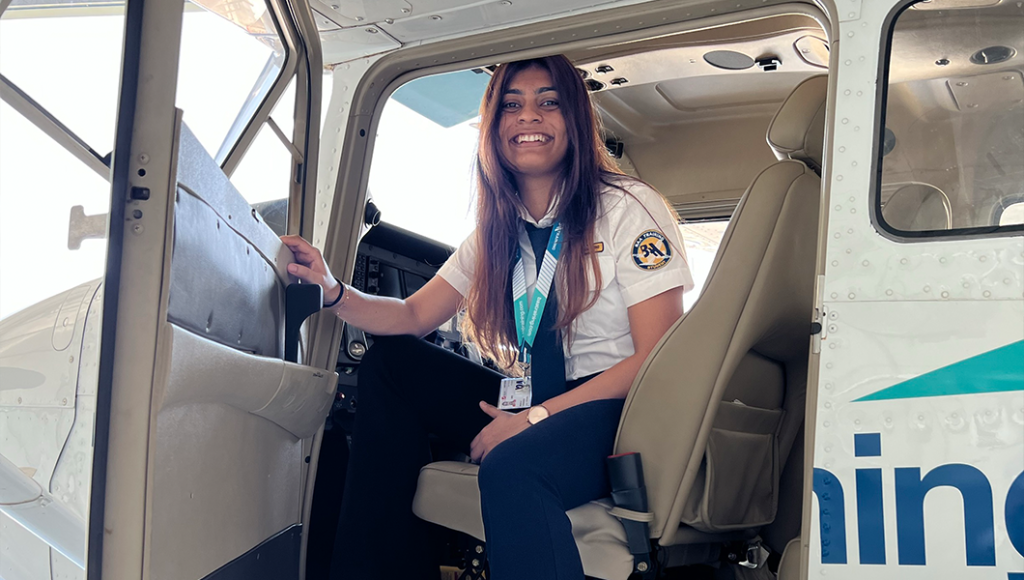
And a couple of technical questions our readers usually find interesting, if you don’t mind. 😊 How do you assess and mitigate risks before and during a flight?
First, we check the weather. We will proceed with the flight if it is suitable and within standards. During pre-flight inspection, we do a walk around of the aircraft and check that the aircraft is safe to fly. If not, we report it to the maintenance department and get it sorted.
Checking all the aircraft documents is necessary to ensure they’re valid and on board. We do this to avoid any confusion during a sudden inspection. Everything has a CHECKLIST, be it before starting the engine, starting the engine, after starting the engine, before takeoff, after takeoff, emergencies, etc. And IT MUST BE FOLLOWED to ensure no damage is done to the aircraft and, of course, safety to the people on board. If there’s an emergency after lift-off above 500AGL, we land on the opposite runway, maintaining 68kts as the best glide speed, and then inform ATC.
P.S. This is one of the memory items used during briefings, and I put it into use here. 🙂 All memory items, especially emergency procedures in the SOPs, should be followed to avoid risks.
Your PILOT CAREER
starts with a first click
How do you decide if the weather conditions are suitable for a particular flight?
During pre-flight briefings, we check the weather. We take a look at the METARs, TAFs, NOTAMs, and significant weather charts for the particular day and destination/s. We check whether everything is within the required limits (crosswind, temperature, visibility, clouds, etc). Since I am flying VFR (Visual Flight Rules), the visibility should be at least 6000m.
Can you explain the significance of the V-speeds (V1, V.R., V2) during takeoff?
We take into account Vr, which is the rotation speed. We rotate at 55 kts. It basically means that once you see 55 kts on your ASI, you call out “ROTATE” and lift the nose wheel off. After rotation, Vy (best rate of climb) gives maximum altitude gain in the shortest time. Vx (best angle of climb) would have you climbing at a steeper rate, like clearing an obstacle in front of you. There are many more, but I’ve explained a few.

Describe your experience with communicating with air traffic control (ATC).
Communication with ATC is a fun experience, I would say. As long as you tell them your intentions and read back correctly, everything is fine. You need to pay close attention to what they tell you and remember they could call you any time.
If you, just like Mikayla, feel that you are somewhere you are not meant to be, take the initiative and create the “runaway” plan to become a student pilot! You can start with a Private Pilot License and move gradually towards your CPL license. Or fly for pleasure with family and/or friends as a Private Pilot License holder since you are allowed to carry passengers! Many paths are possible; the most important is taking the hardest but crucial first step…
